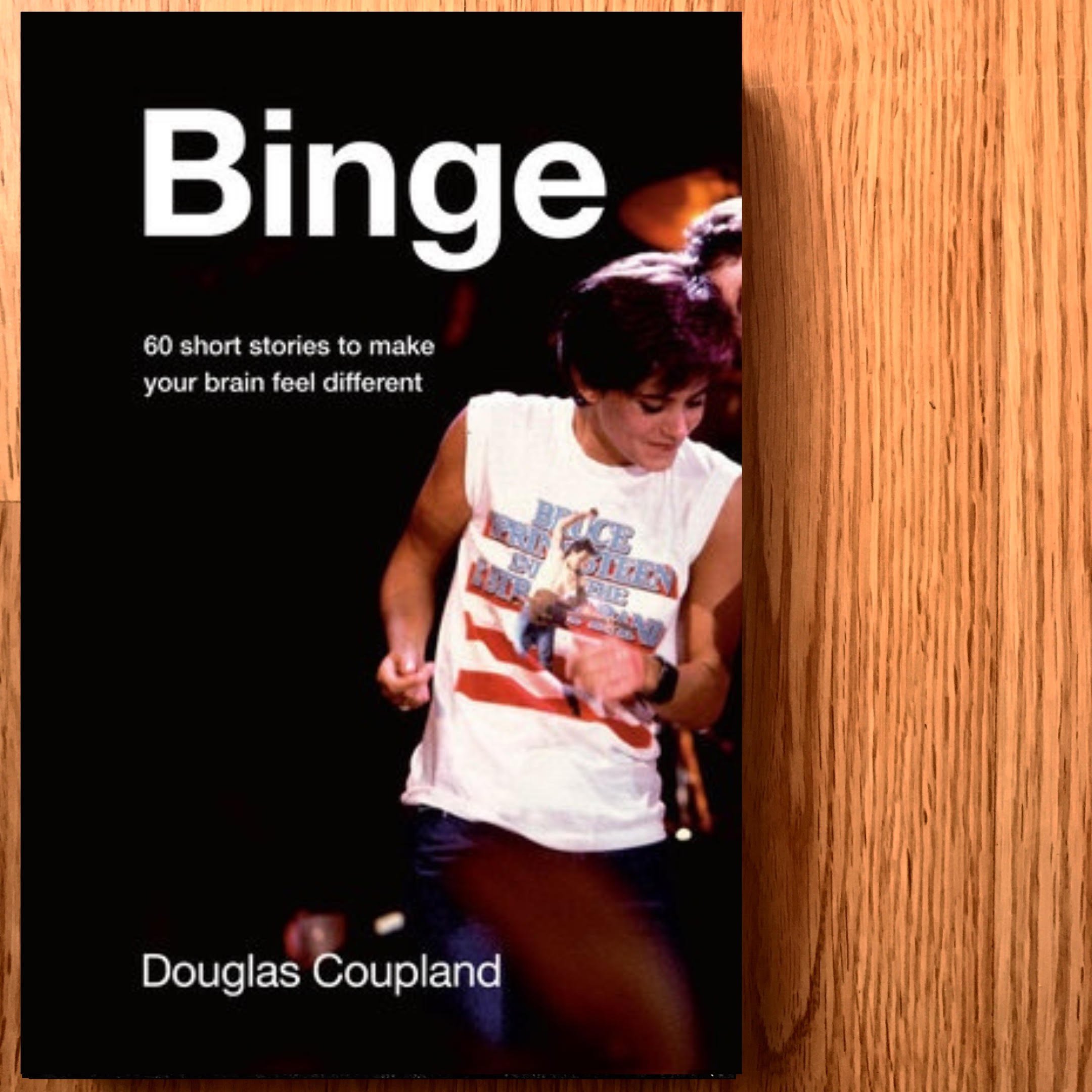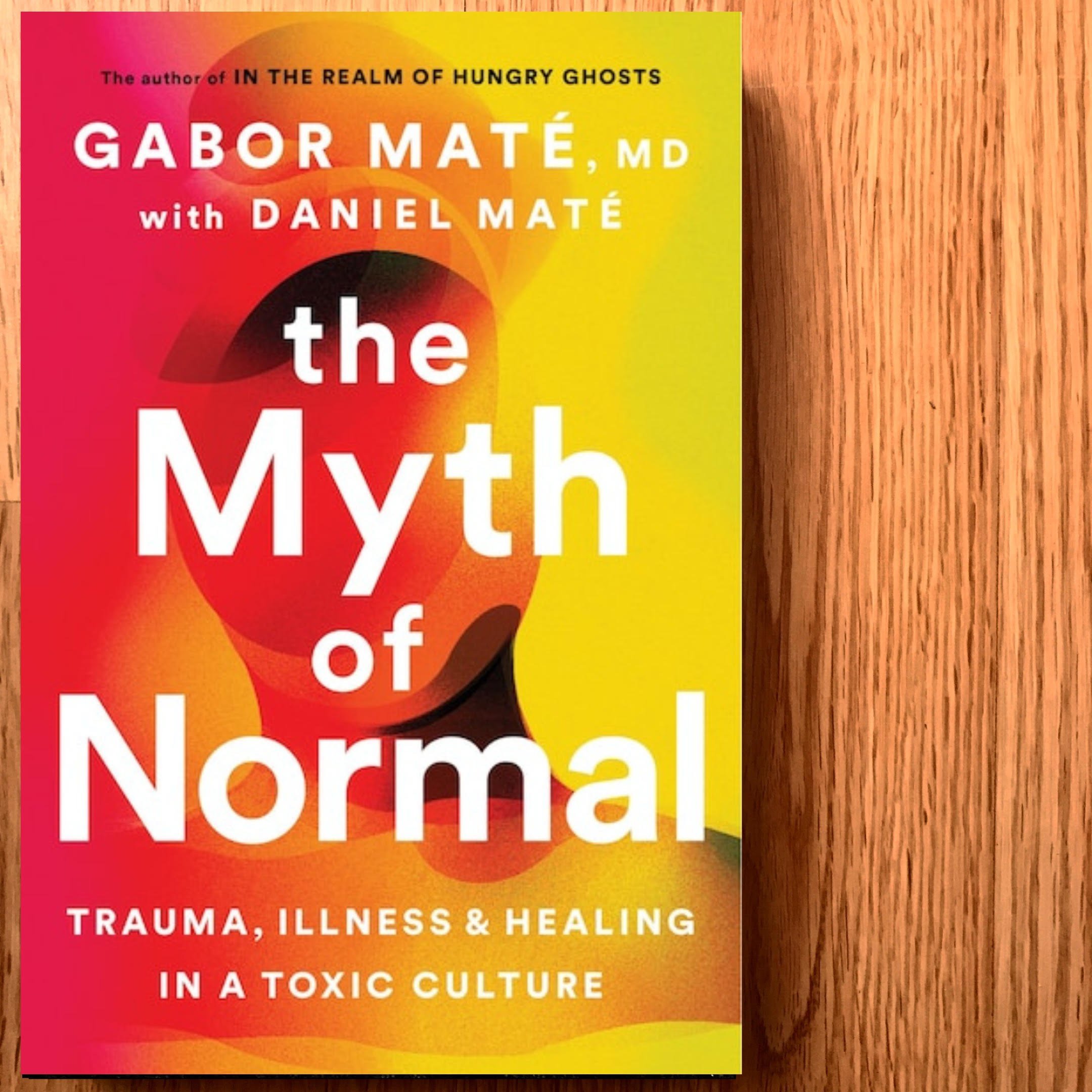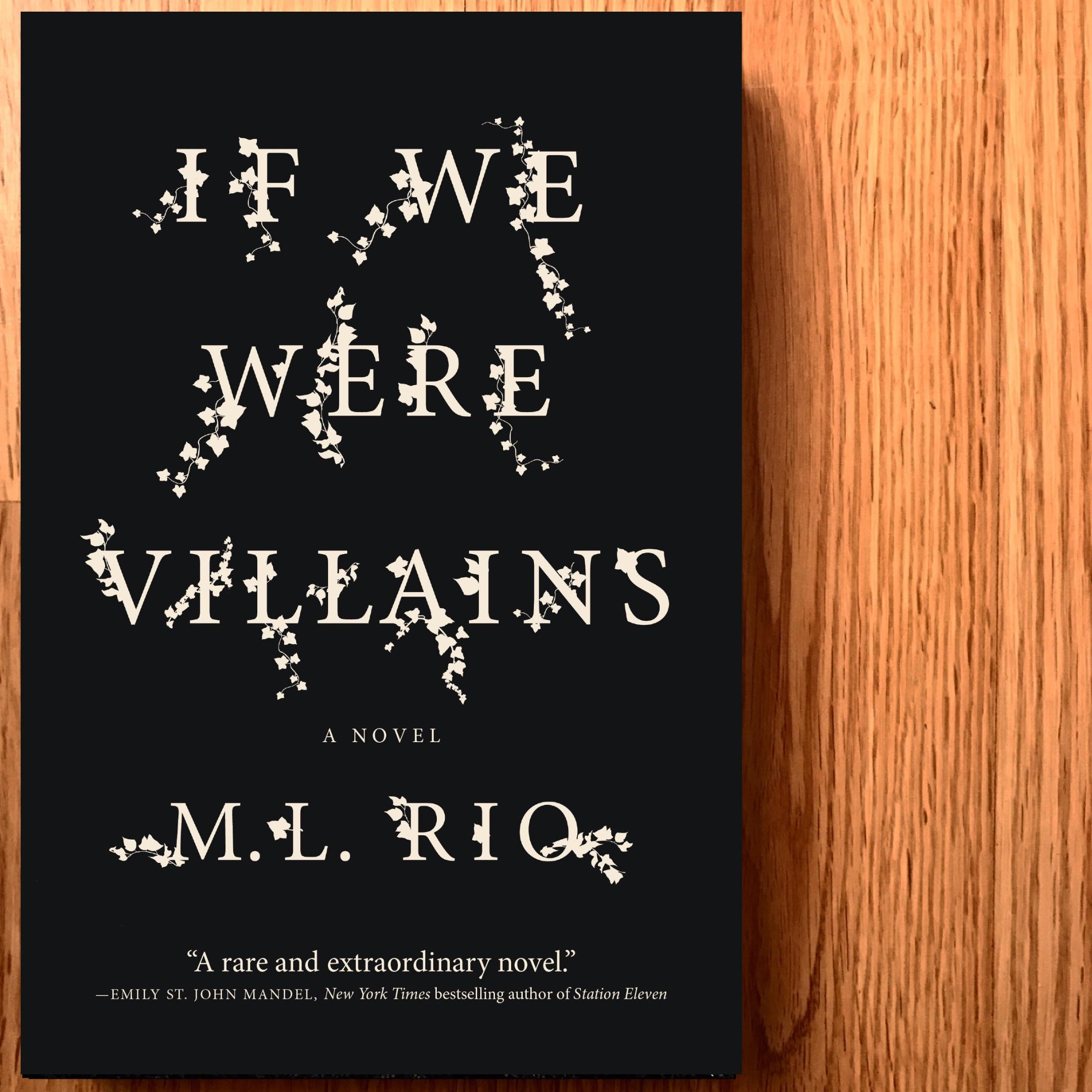By Meghan Mazzaferro
Content warnings: death, child death
Kiki Kallira used to be a bright, sunshine girl, but in the last year, her brain has turned against her. She’s anxious all the time, terrified of worst-case scenarios, and the only thing that seems to help is escaping into a fantasy world inspired by the Indian myths and legends her mother tells her. She pours countless hours into creating a fictional version of Mysore city in her sketchbook and crafts a team of kid rebels fighting to defeat Mahishasura, a demon that has taken over the kingdom—in more ways than one. When one of Kiki’s characters, and the monster she’s fighting, come flying out of her sketchbook, she learns that Mahishasura has brought her Mysore to life, and she’s the only one who can banish him before he escapes into the real world.
Kiki Kallira Breaks a Kingdom is an absolute delight. It balances fantasy, emotion, magic, and real discussions about anxiety while having a fun and unique plot. Kiki is a fantastic main character, and right from the first page, I knew that I was going to love following her. She is a brave, creative, kind kid whose struggles with anxiety were almost painful to read, and it was beautiful to watch her come into her power and learn to face her monsters in both worlds. The fictional Mysore that Kiki created is also wonderful, and middle-grade and adult readers alike will love to see this world through Kiki’s eyes—described vividly and featuring just enough whimsy and magic to make Kiki’s Mysore feel like it’s straight out of a child’s mind, Mandanna did an excellent job of making this imaginary Mysore a place that readers will want to see saved.
Likewise, Kiki’s cast of rebel kids are unique, vivid, and so vibrant they almost leap off the page (get it? Because they’re drawings come to life?). Each kid had a unique voice, interesting motivations, and they all taught Kiki something she needed to know either about her fictional world or about herself. The kids all feel fleshed out and real, and their vibrancy makes the stakes of the book feel so much higher. The adult characters have a similar vividness, all except Mahishasura, who is the only character in this book who fell a little bit flat for me. He read very much as a middle-grade book villain, but I appreciated how the book was able to balance more serious subject matter with a villain who was age appropriate, while still maintaining high enough stakes that I, an adult, stayed super engaged with the story.
This book is perfect for both middle-grade readers and older readers who enjoy middle-grade fantasy. Kiki and all the kids feel like children, but the story doesn’t shy away from the heavier costs of living in a world like Kiki’s Mysore, and Kiki and the reader are asked to consider the cost of waging war with demons. Likewise, the book presents the realities of struggling with anxiety in a way that readers young and old can relate to, but though Mandanna explores these heavier themes, she never forgets her audience. This type of book shows the power of the middle-grade genre and how middle-grade stories, and the kids who read them, can handle tough topics.
This book is, of course, a fantasy story where kids can learn that there are many different ways to fight for the things you love. It is also a story about anxiety, fear, and the ways that you can be stronger and braver for facing your monsters. I was blown away by this book, and I can’t wait for readers of all ages to see Kiki as the hero she is.
Thank you to Penguin Random House for the complimentary copy of this book in exchange for an honest review.





















